Deep Learning
Benefit from new architectures of Neural Networks.
Tackle problems that were unsolved before.
Benefit from new architectures of Neural Networks.
Tackle problems that were unsolved before.
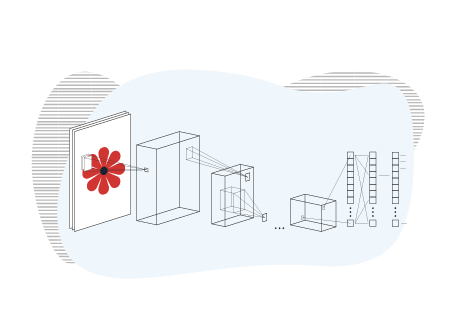
Deep learning is the greatest AI achievement of recent years. DL techniques not only significantly improve, but often even solve complex problems concerning image, video, text or speech analysis.
This is an area of continuous research that brings new opportunities year after year. At Numlabs, we follow trends in the industry, so we are able to offer our customers state-of-art solutions.
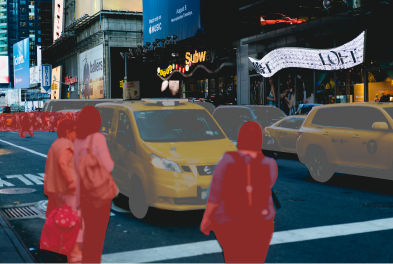
A flagship example of the use of deep neural networks is the recognition of people, pre-mites, animals, inscriptions or other more or less typical elements presented in pictures. Related methods allow to analyze video material and detect on them: people, face, emotions, sex, age, cars, license plates. The limit is only time and availability of data of the learners. In Numlabs we also know how to deal with a small amount of data.
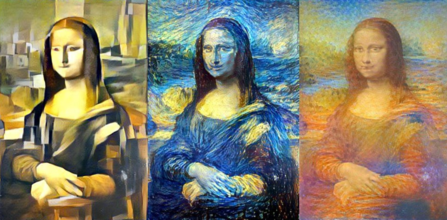
Deep learning is also a great creative potential. Creating deep fake materials. Generating faces of non-existent people. Creating unique images and texts. Transfer of style between works of art. Recognizing the author, style of image, text or music. Or maybe you want to create something like one of the masters? These are just a few examples of the creative potential of technology.
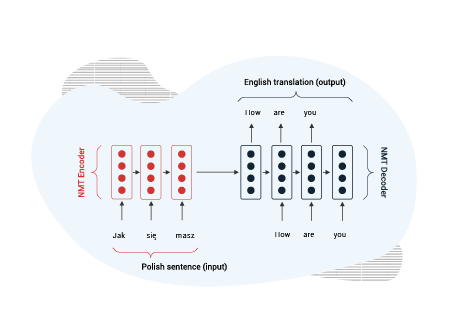
Automatic analysis of comments, evaluations, reviews, messages or documents are other points in which deep learning shows its capabilities. Sentimentary assessment, determining the subject, detecting important records, summarizing, summarizing or suggesting a response to the text are just some of the possibilities of neural networks that we can use.
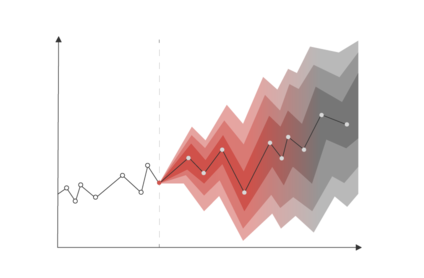
Neural networks can discover complicated relationships between data, invisible to people or classic statistical methods. What's more, apart from numerical data, they can combine different types of information such as text or image. This allows us to create more effective forecasting and analysis systems.

Thanks to deep learning, we are able to offer our customers systems that allow them to identify, also in real time, unusual behaviors of users, processes, devices. Based on this technology it is also possible to recreate corrupted data, such as noisy photos, to their original form.